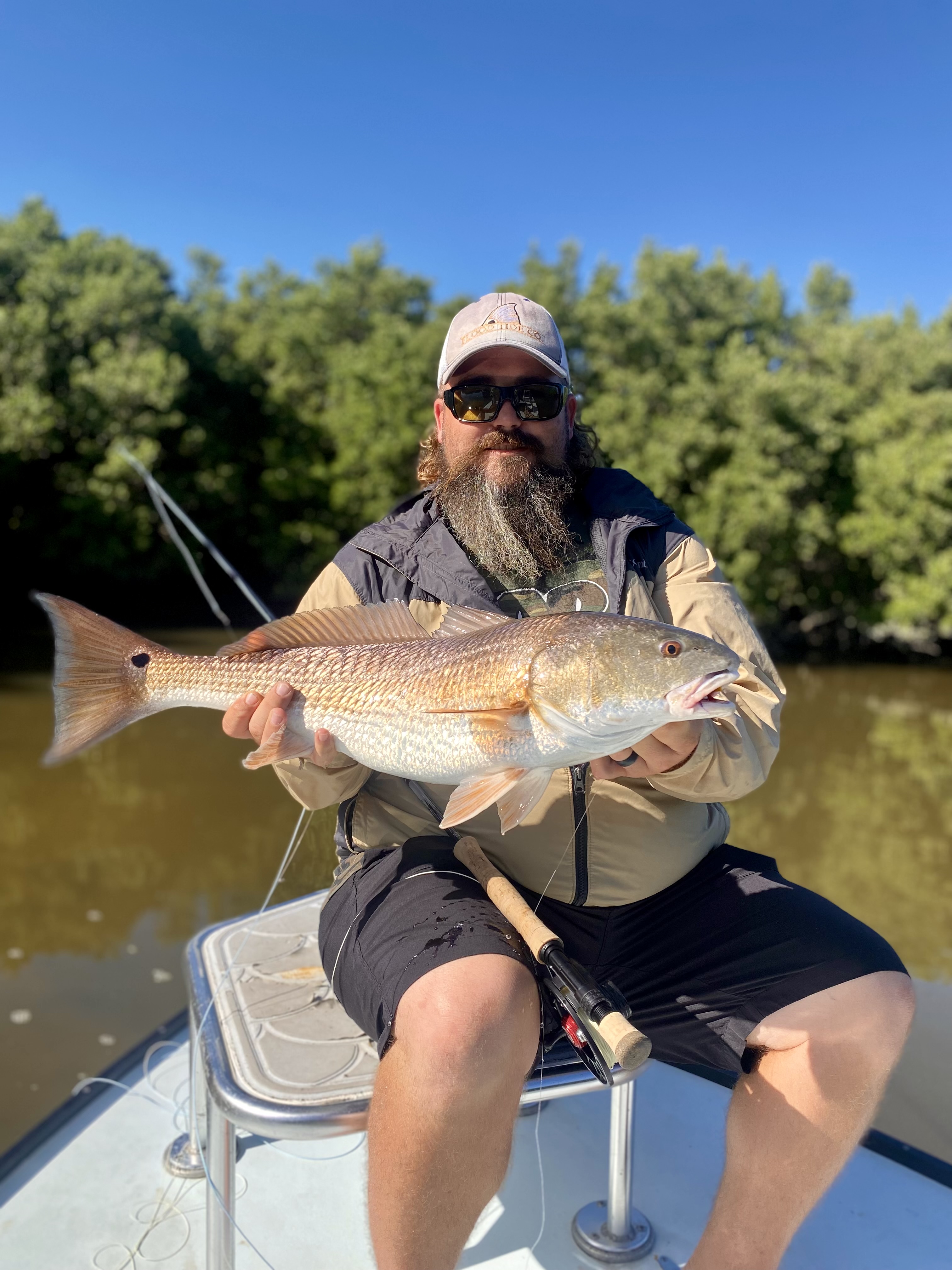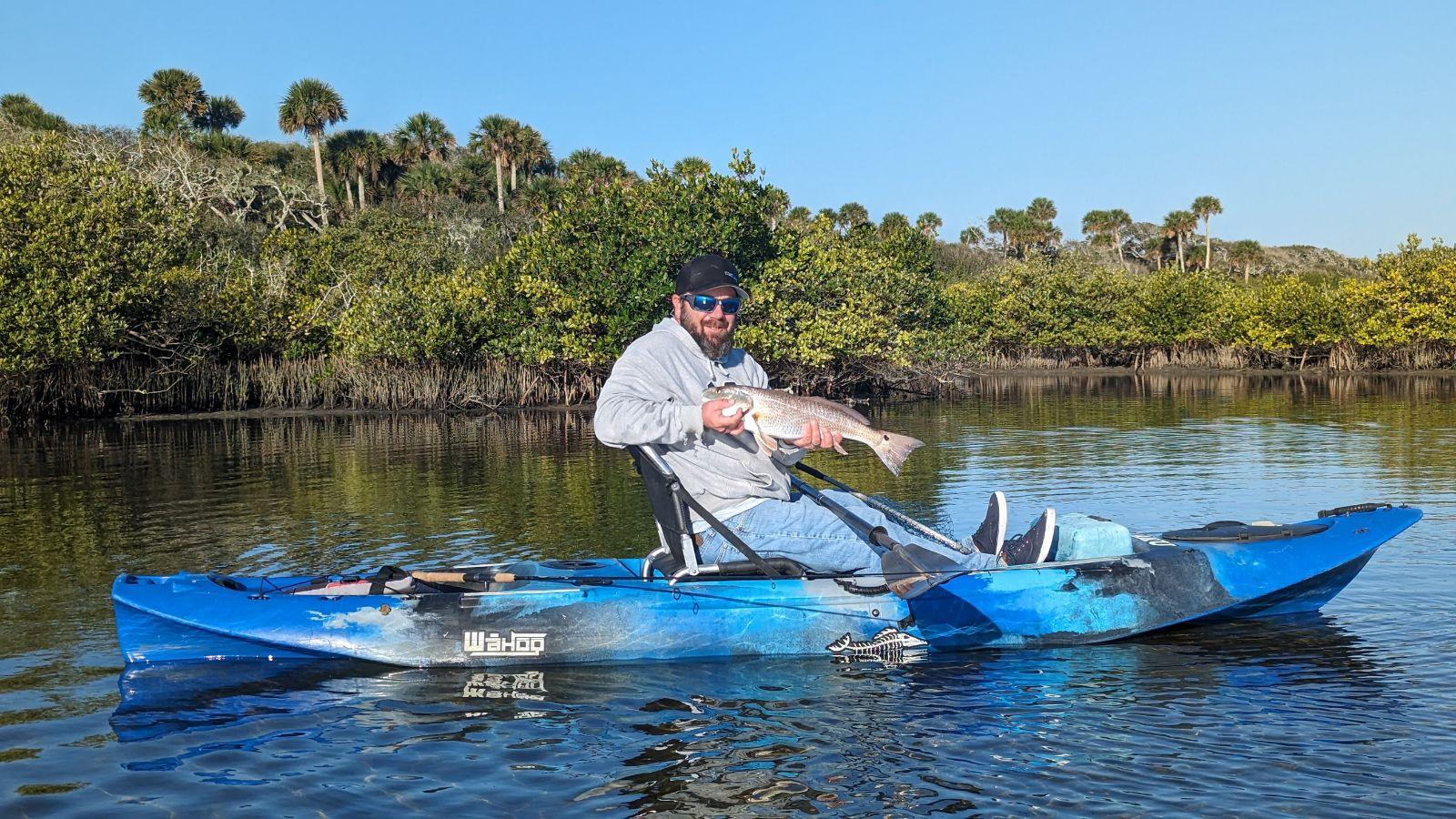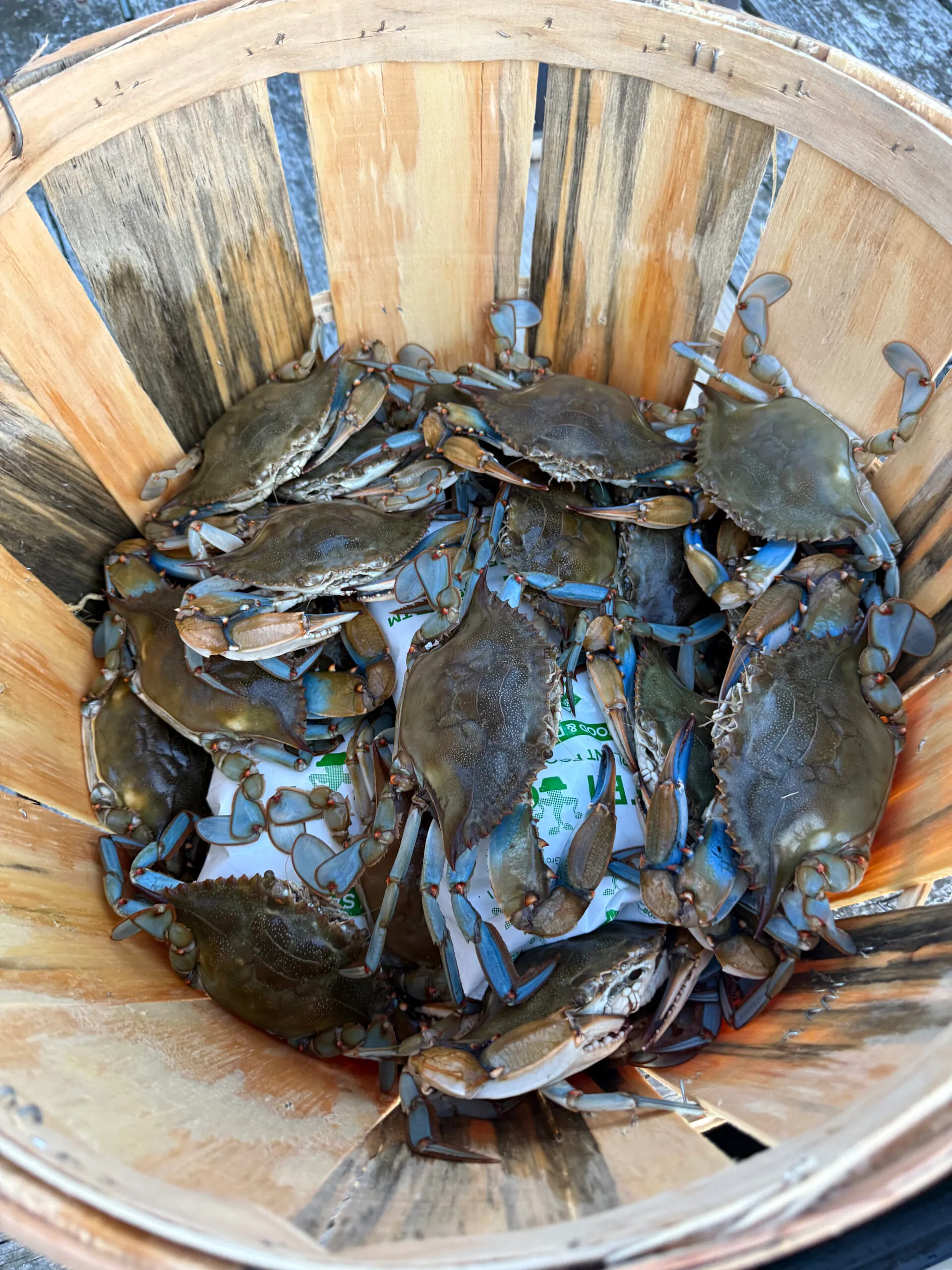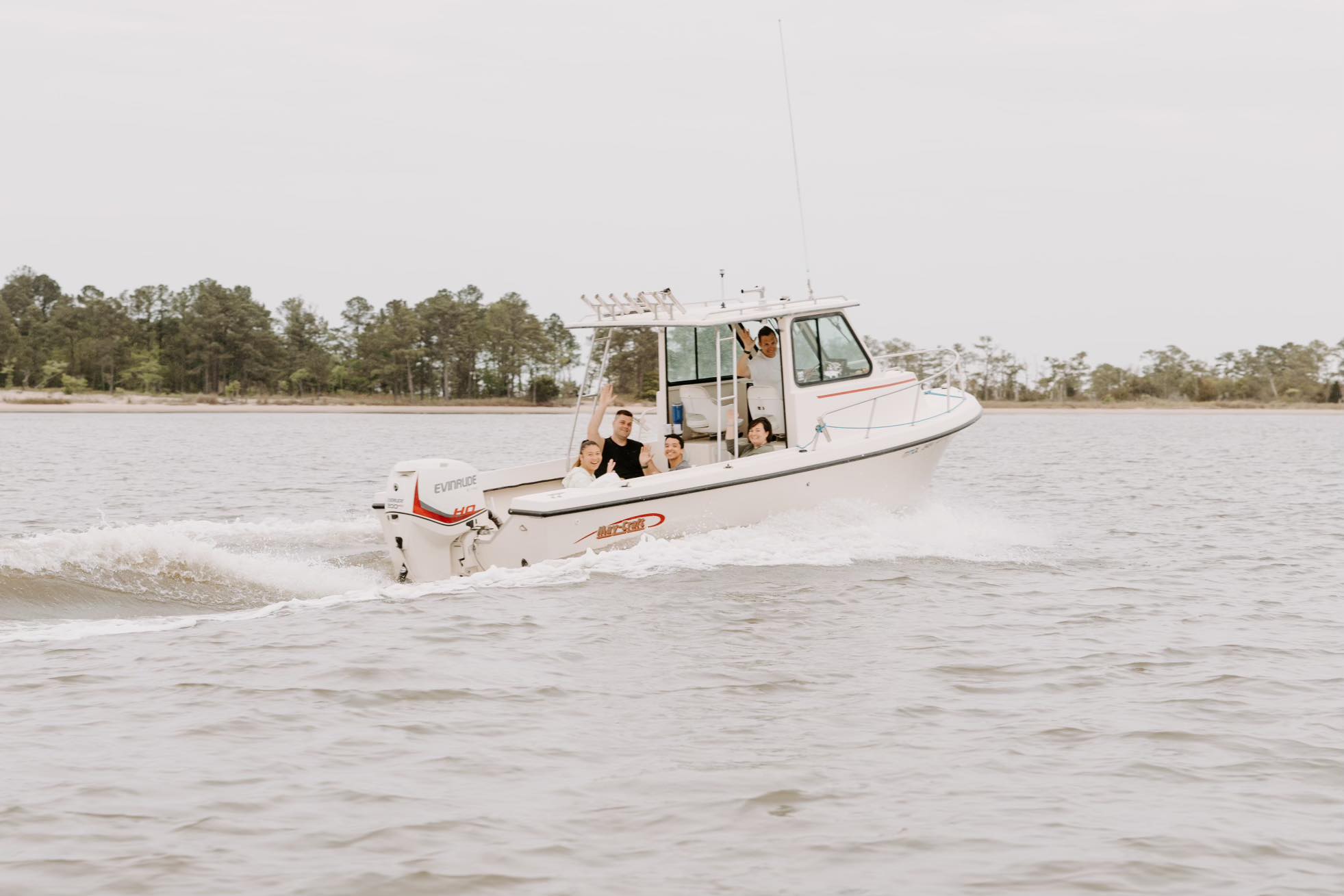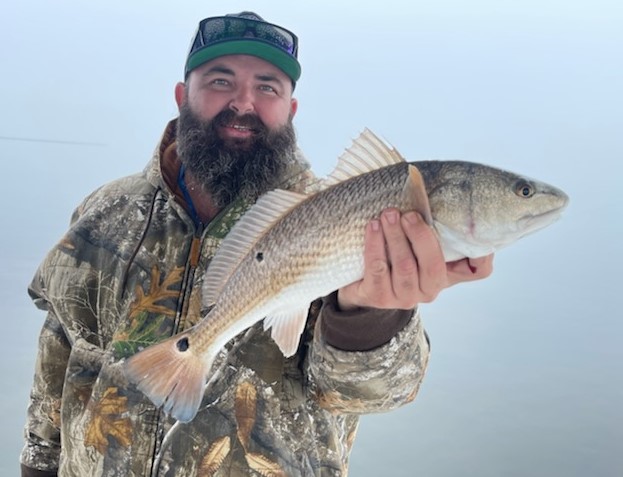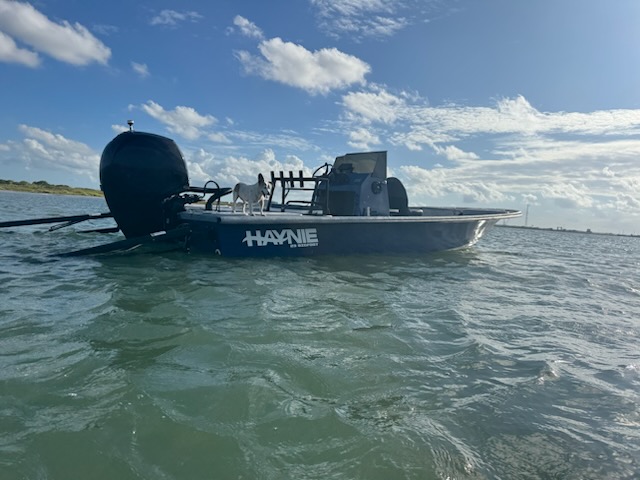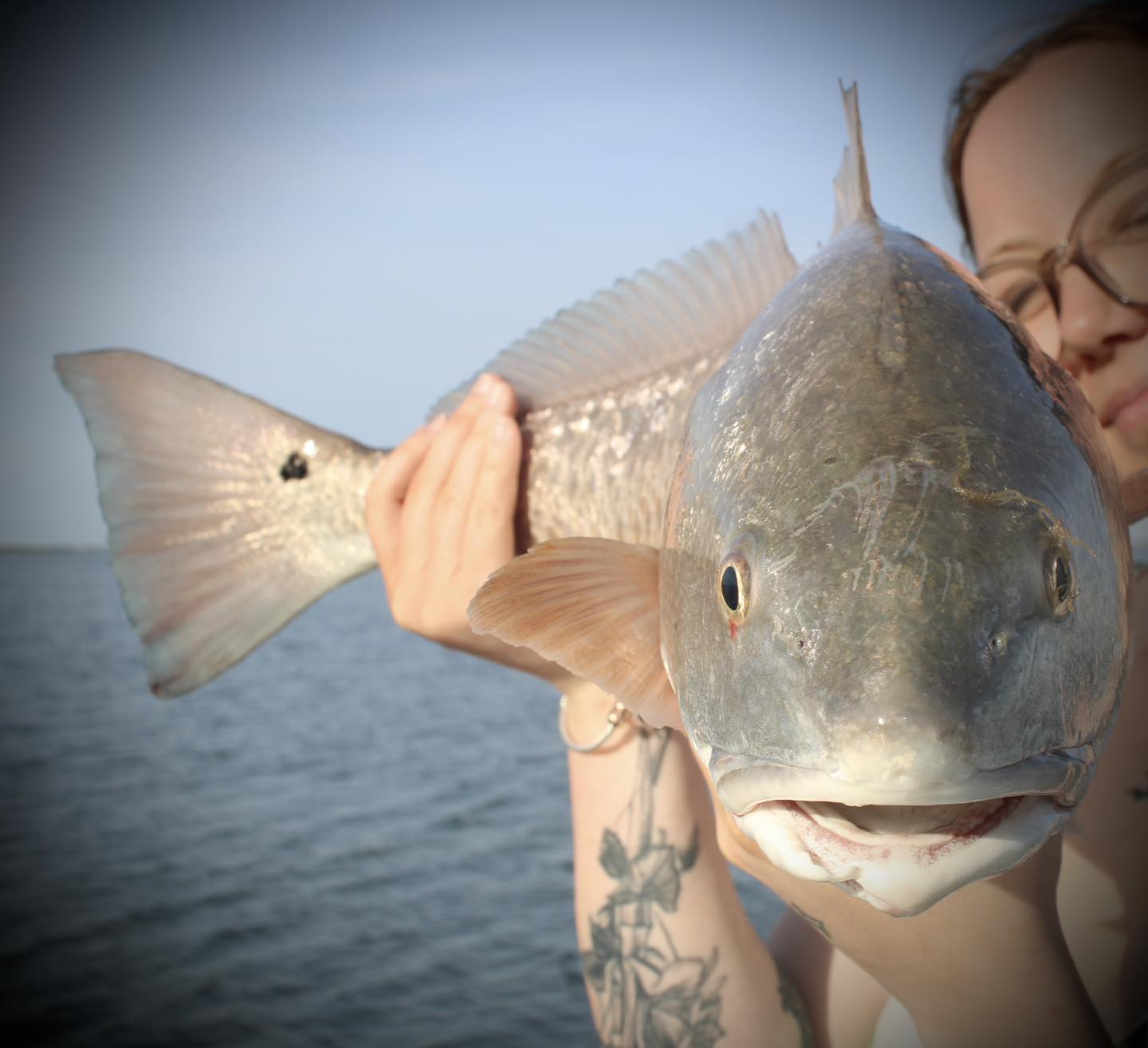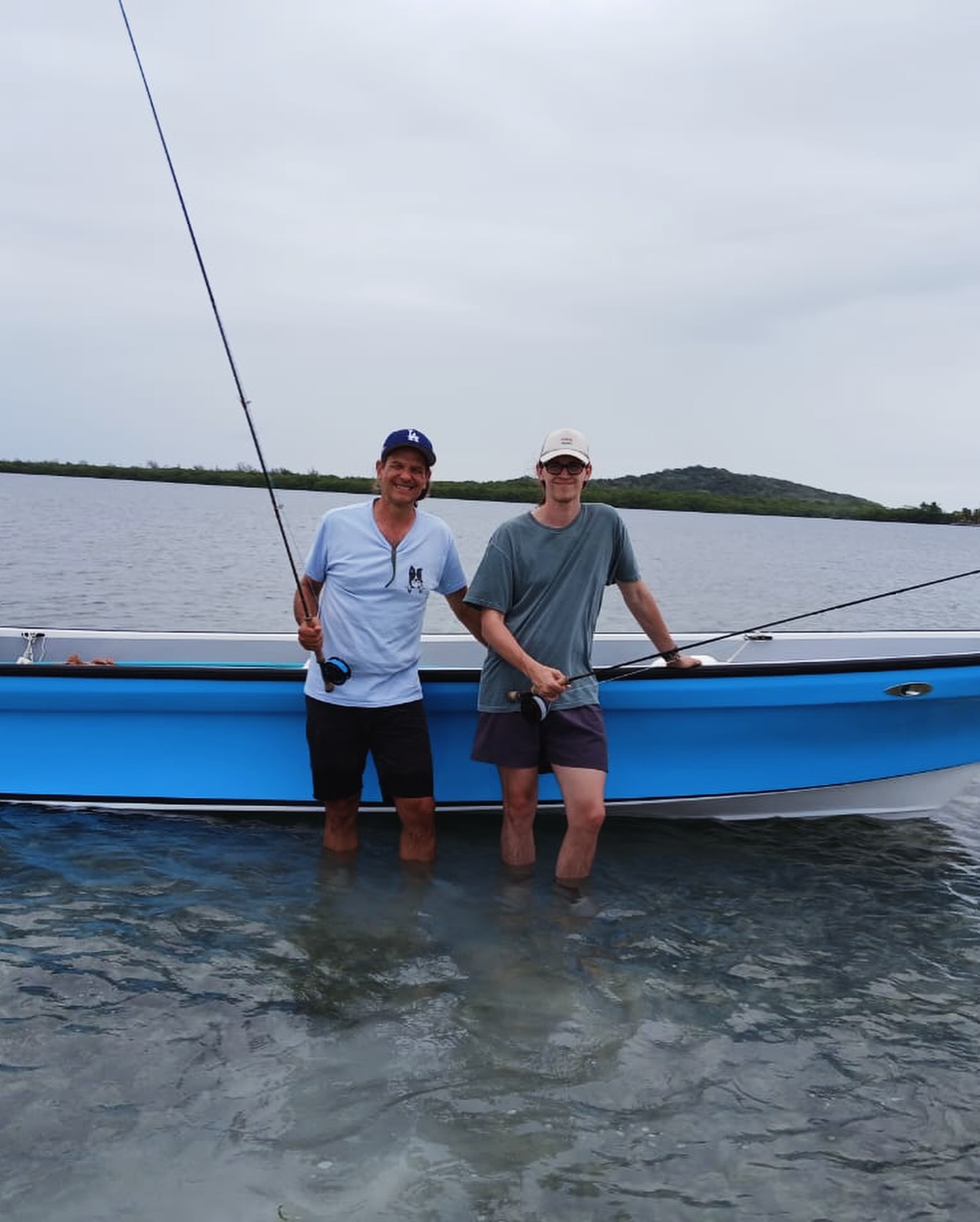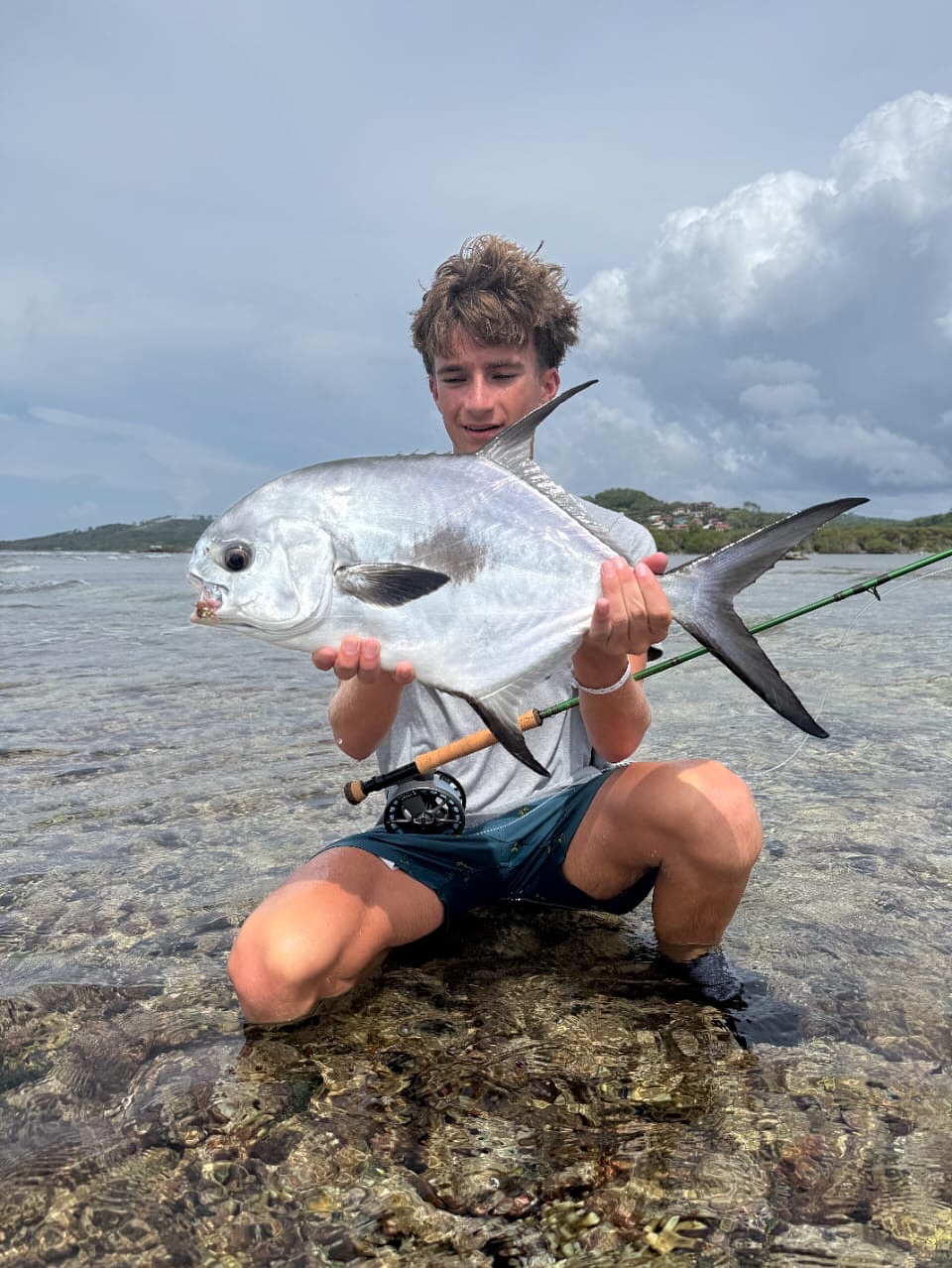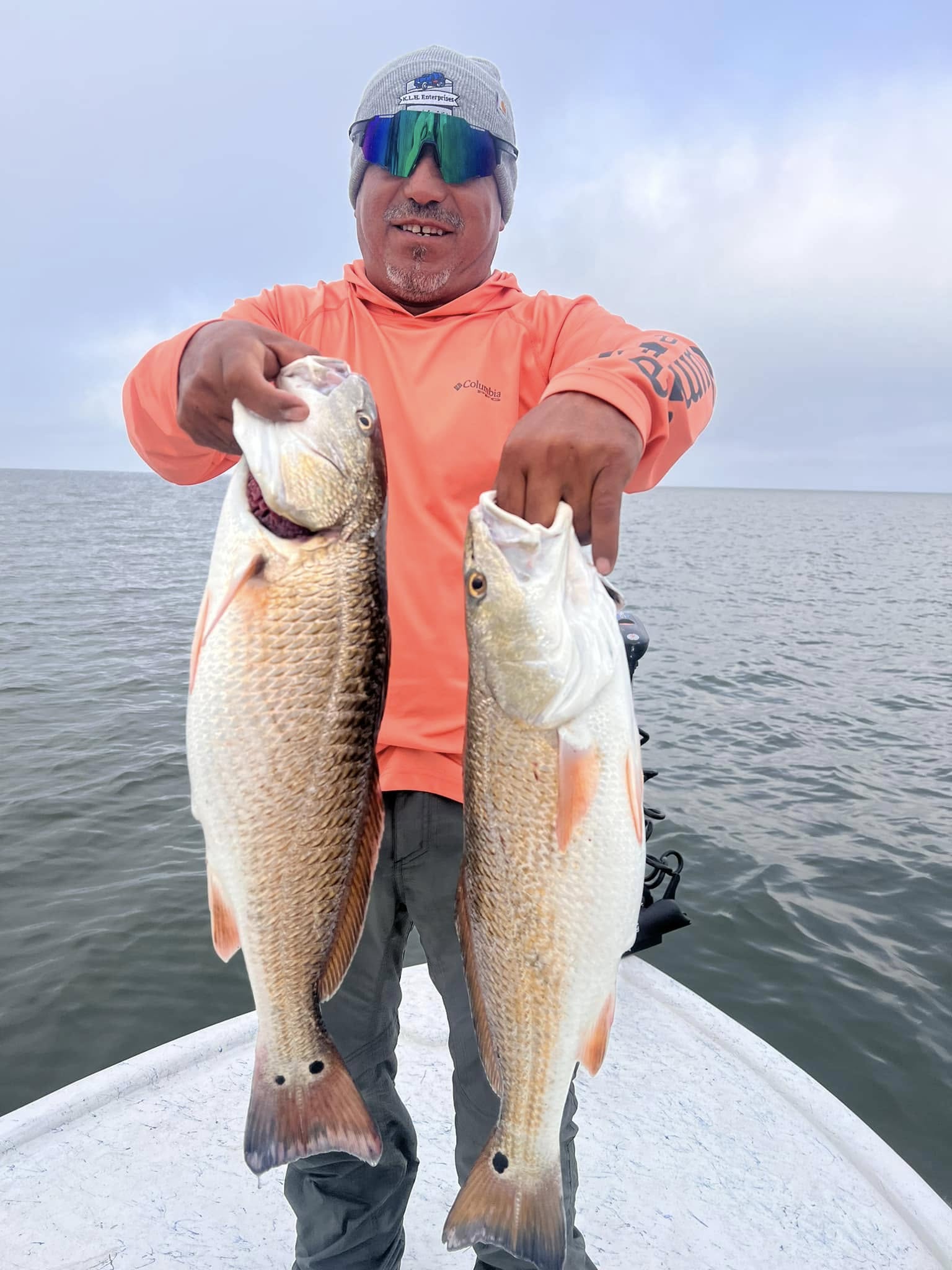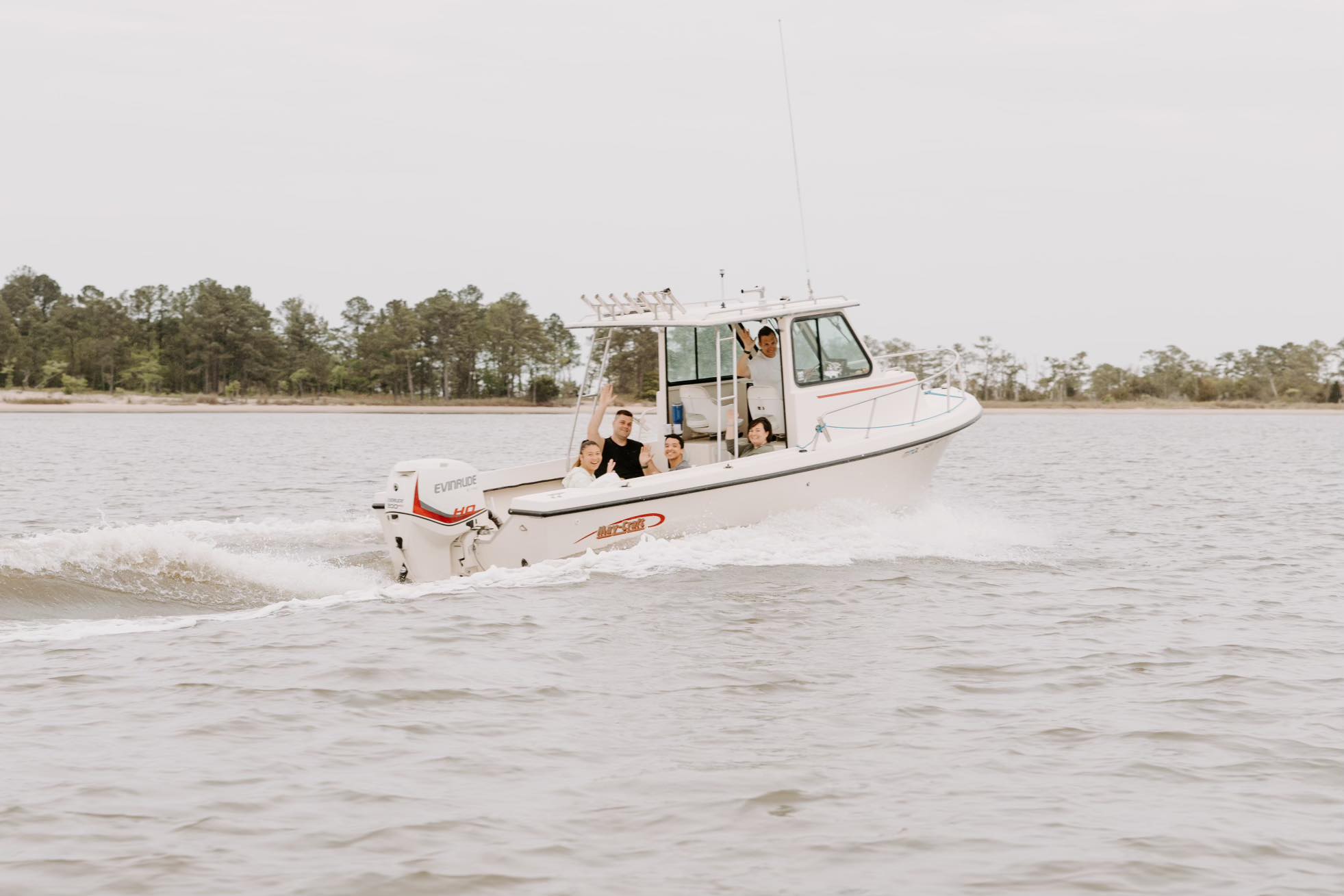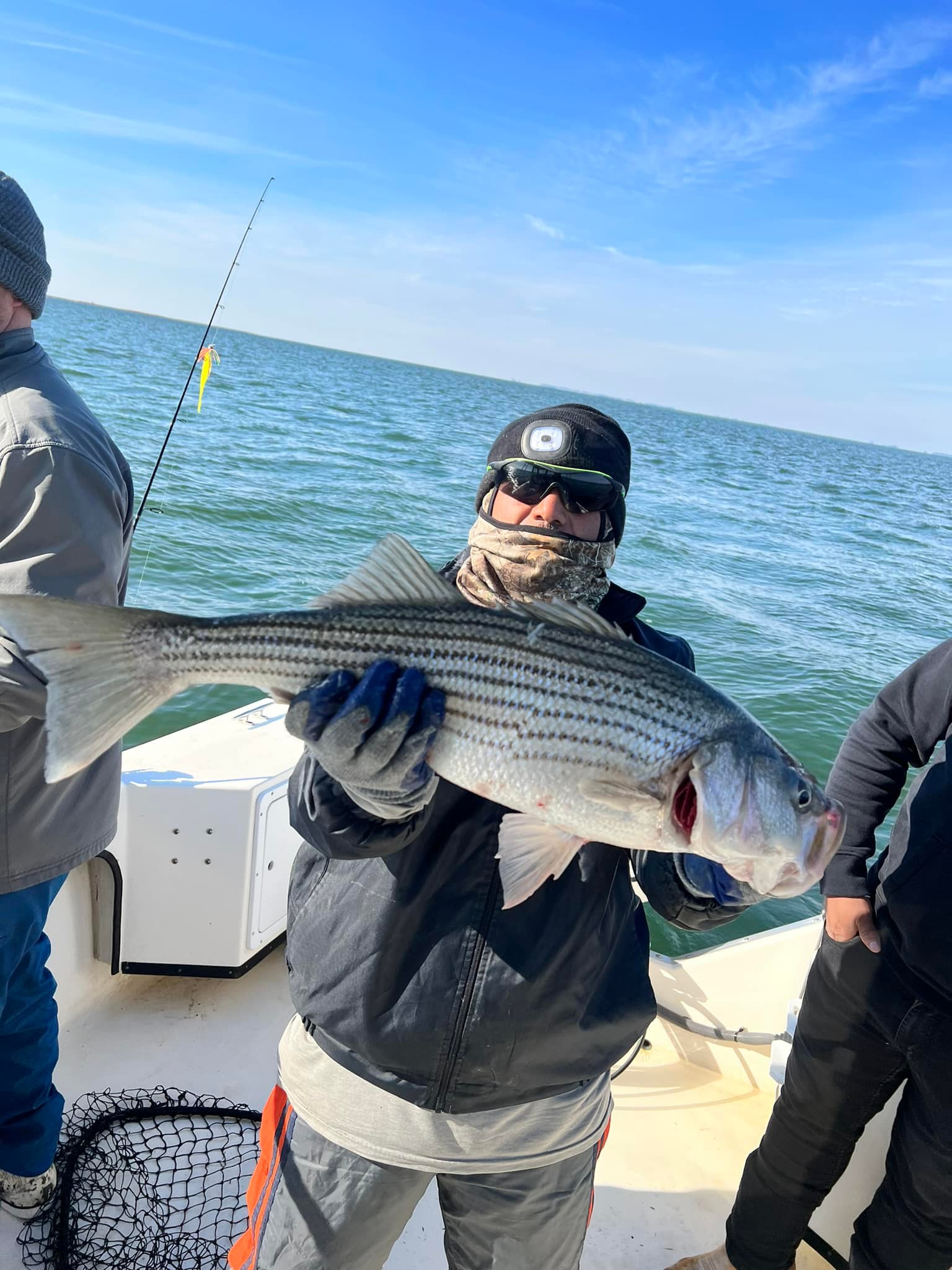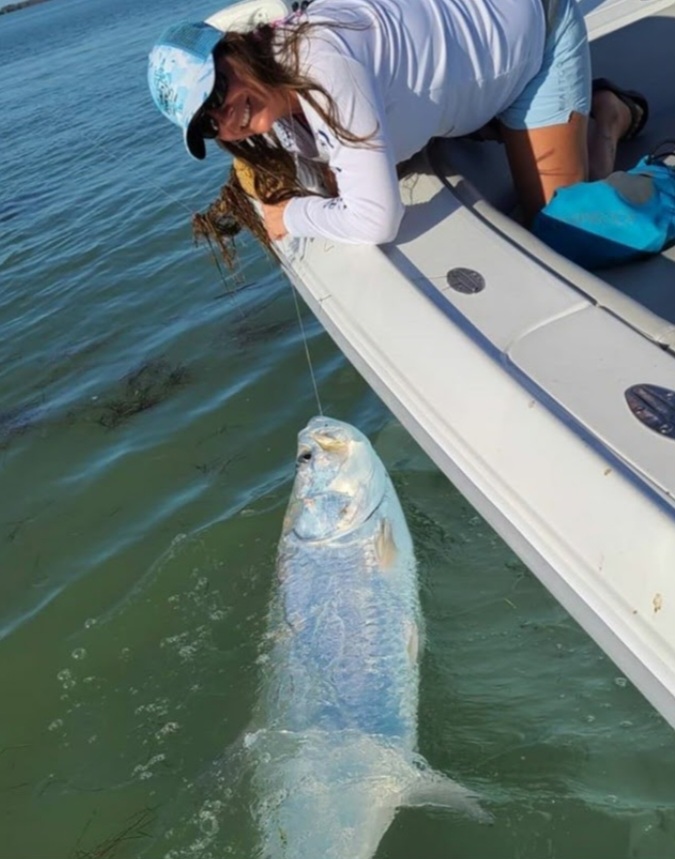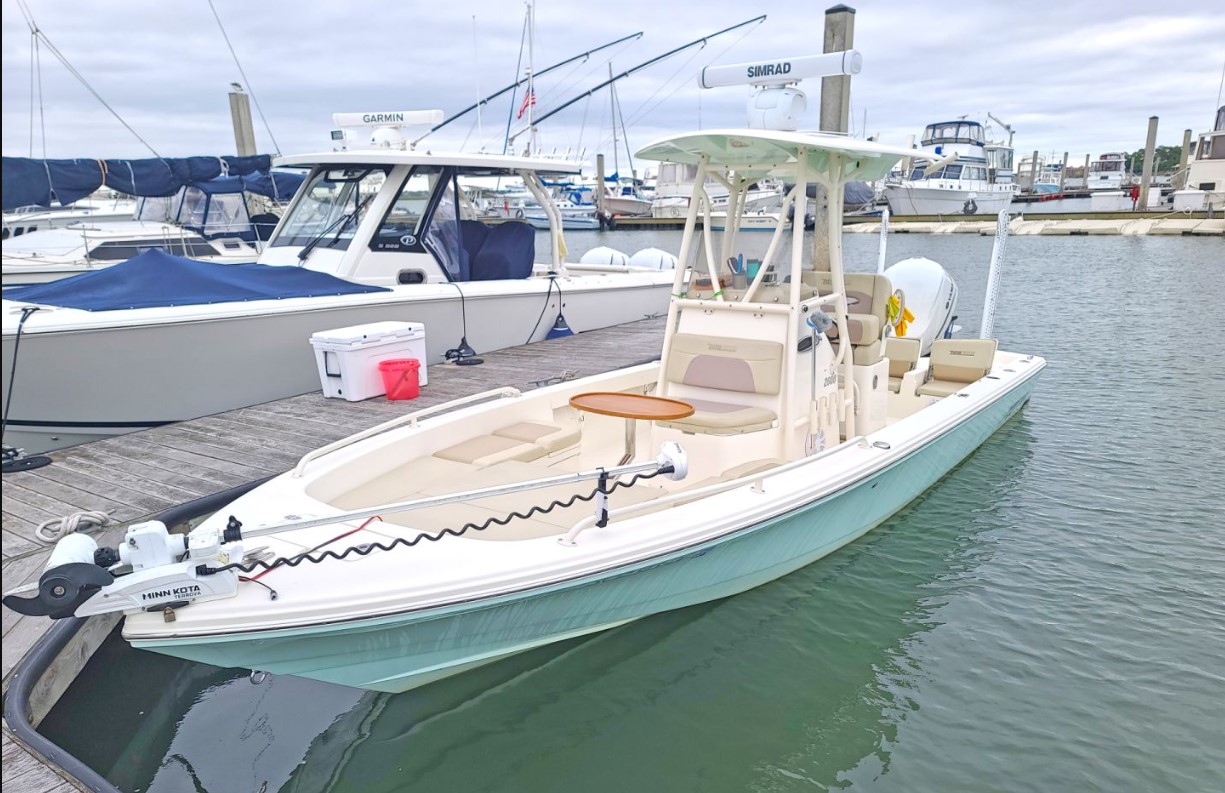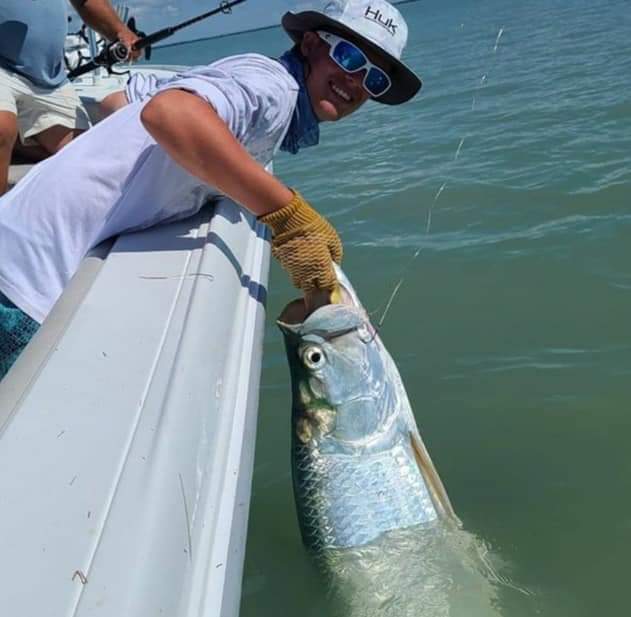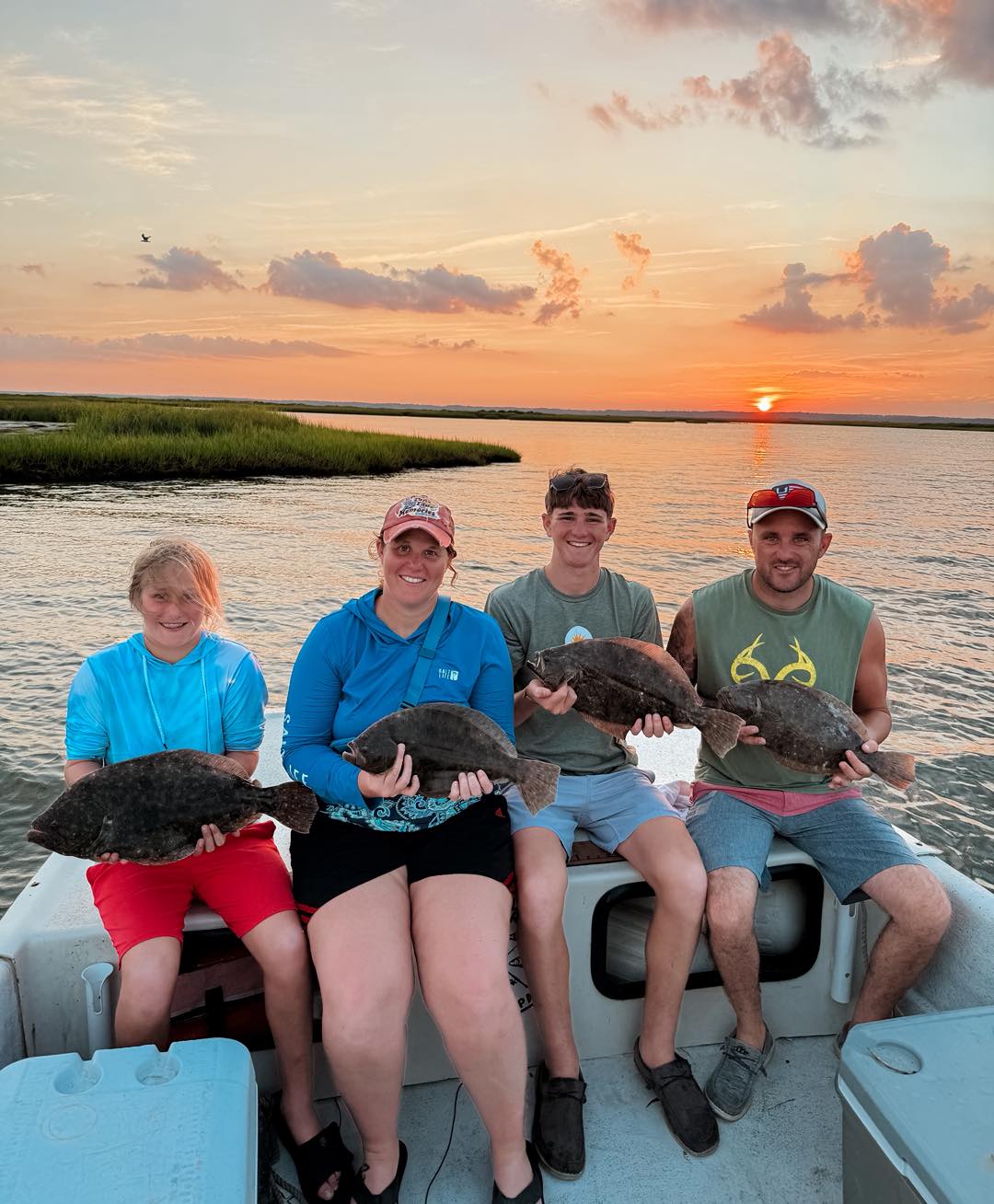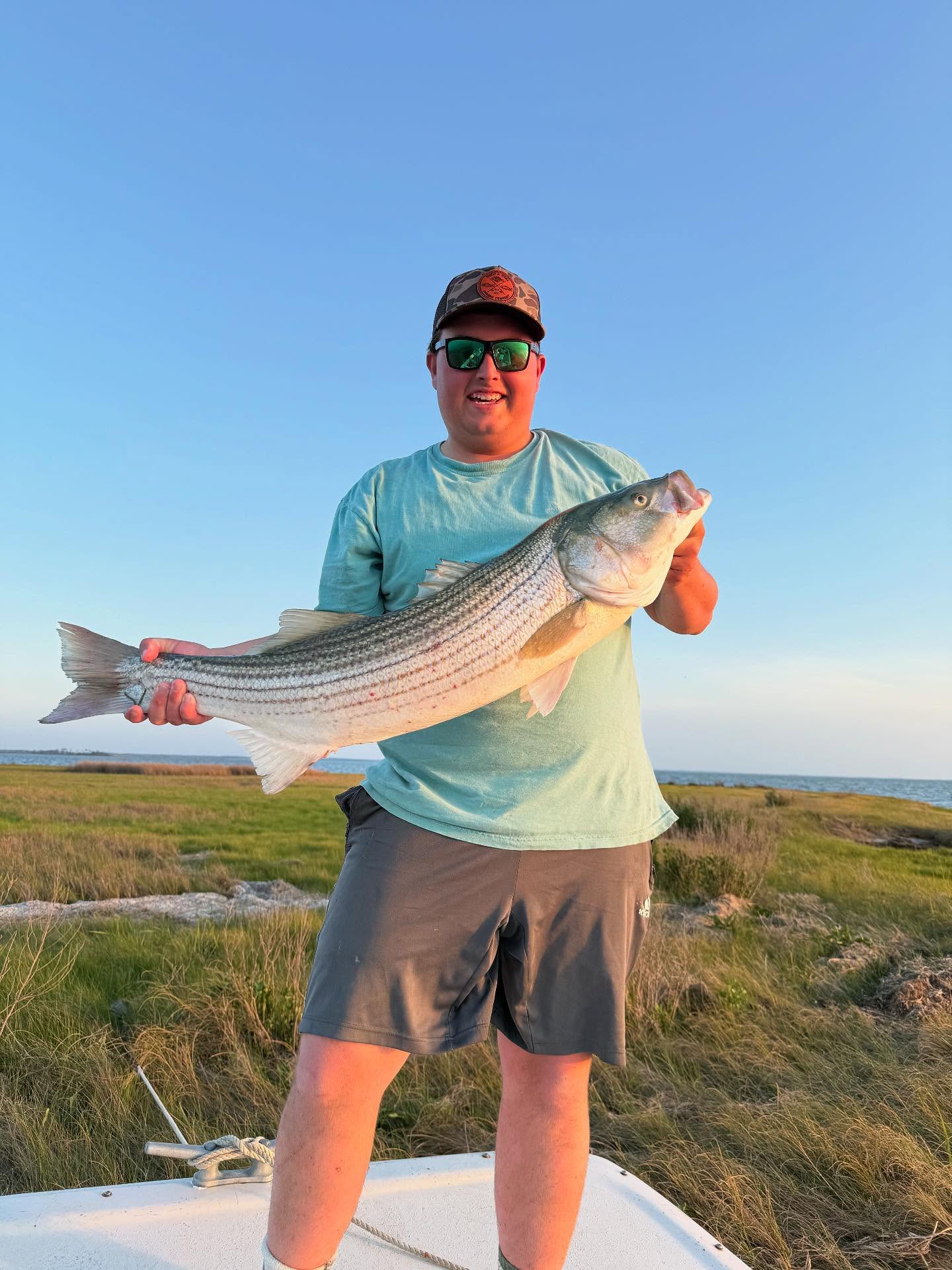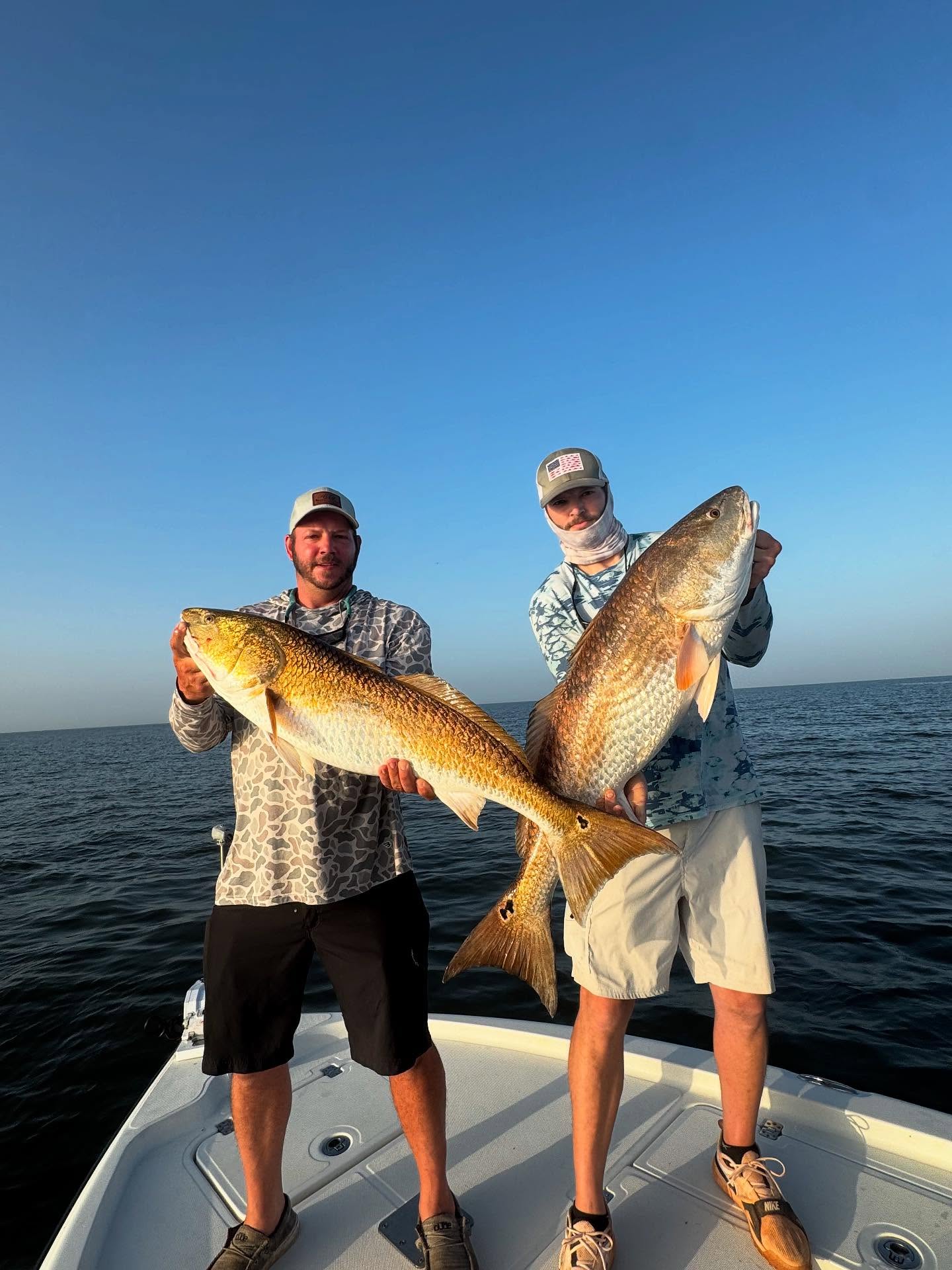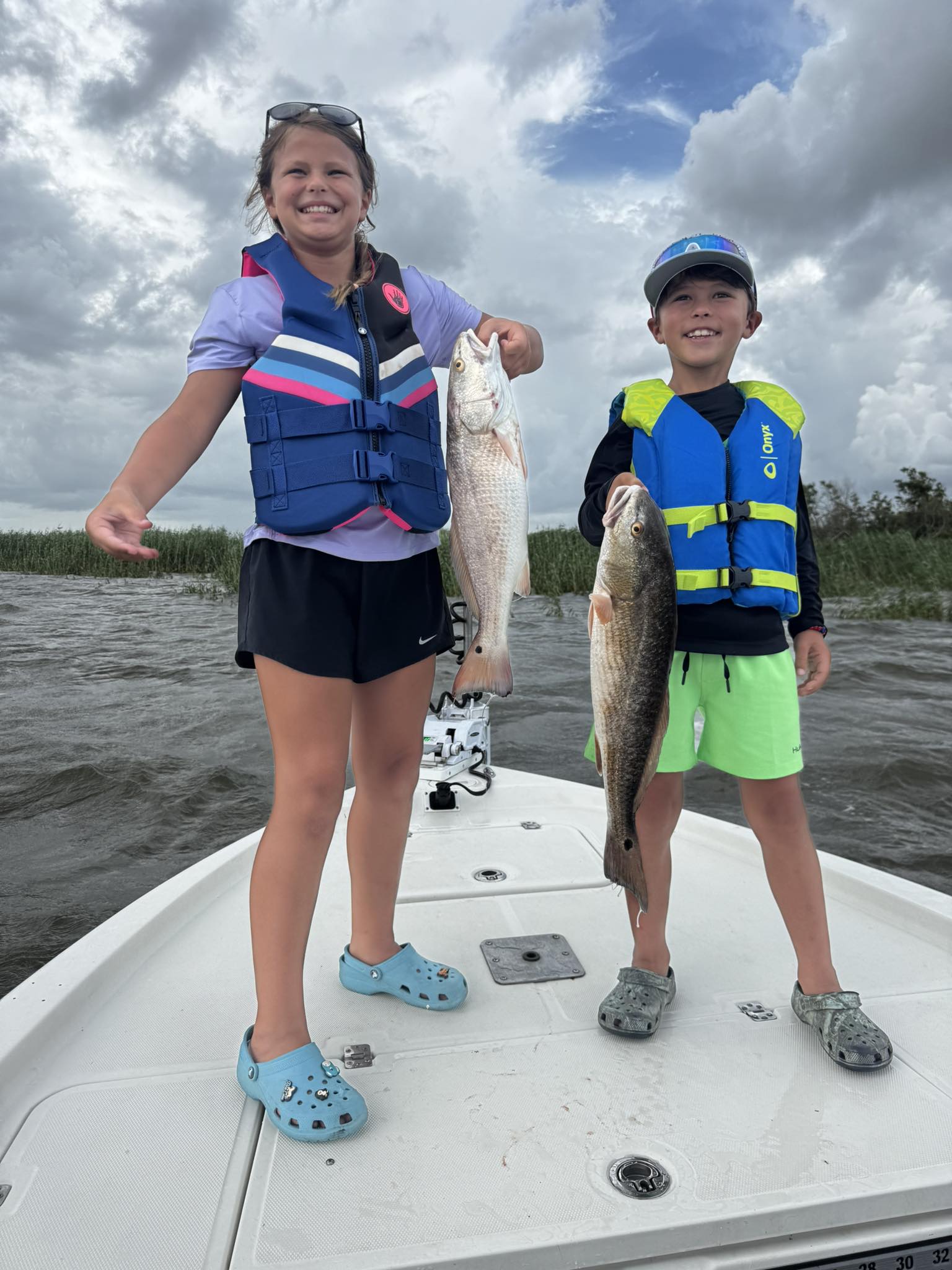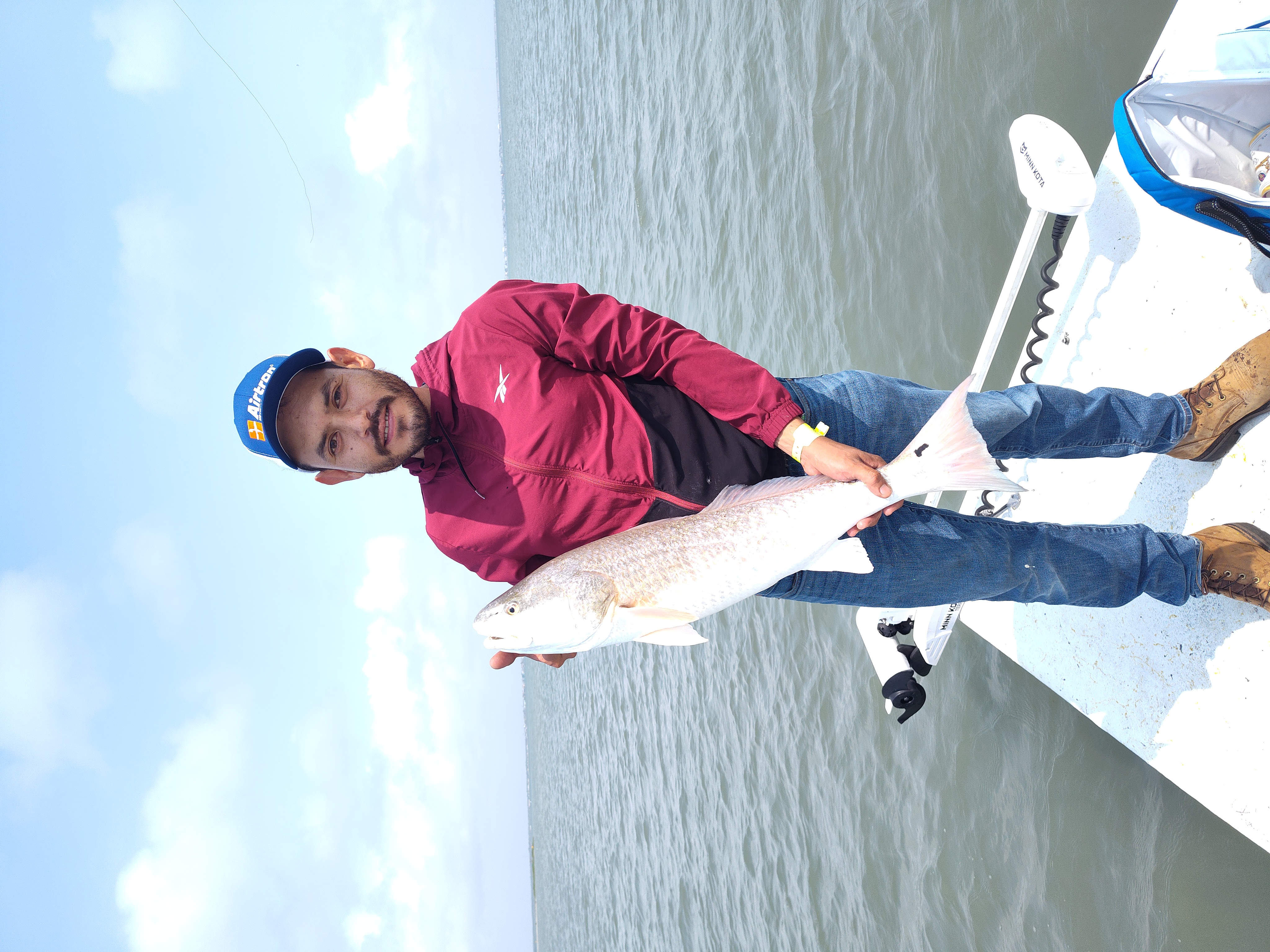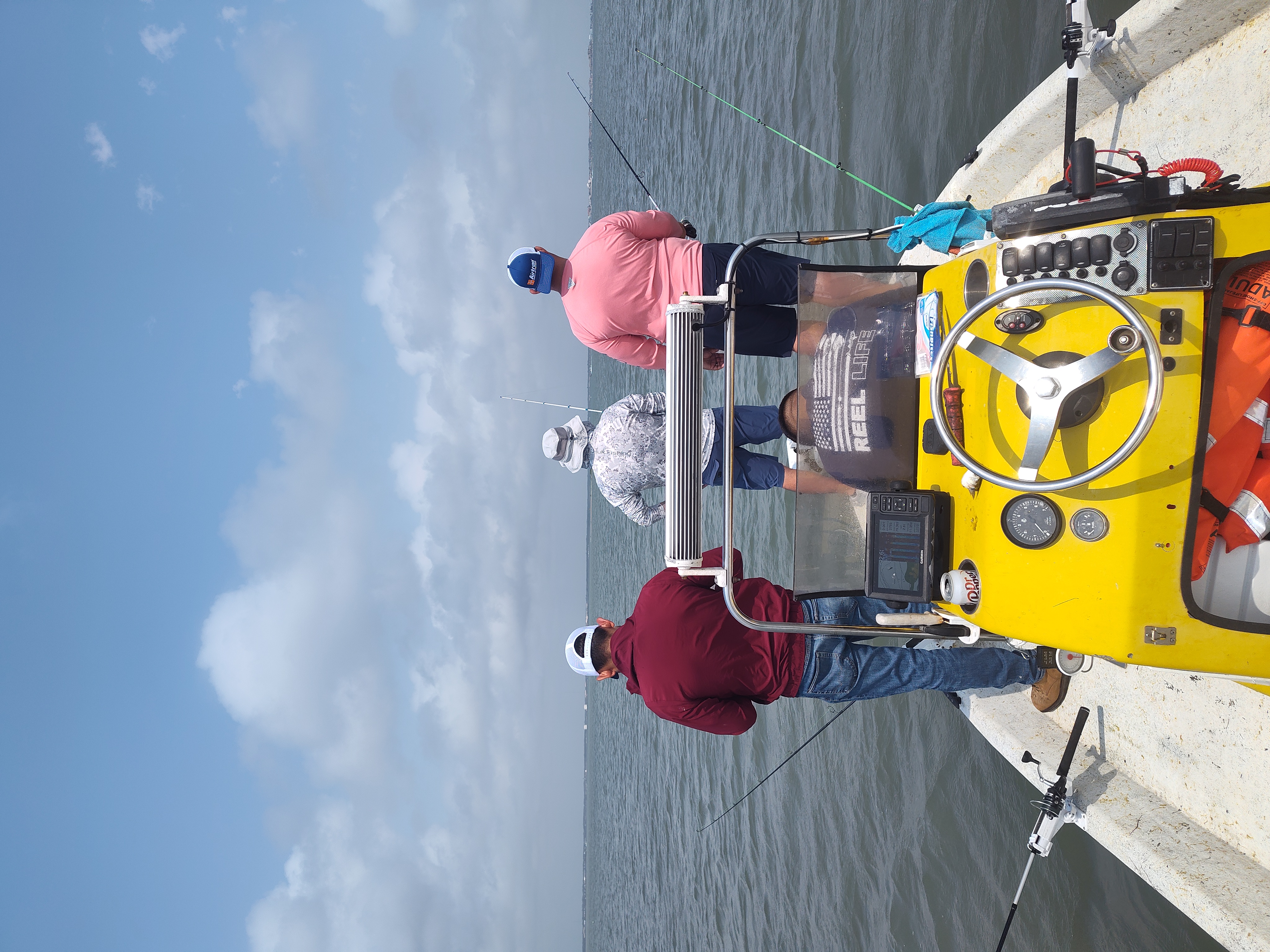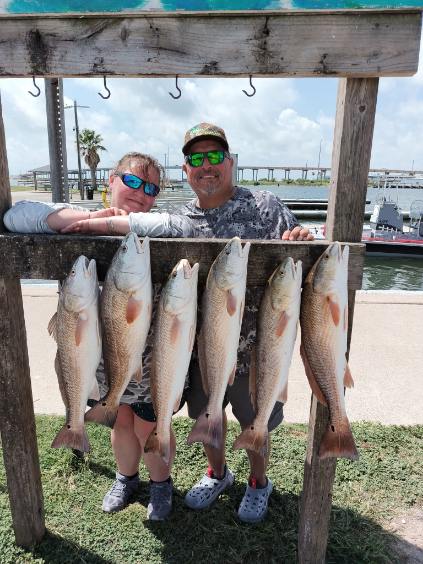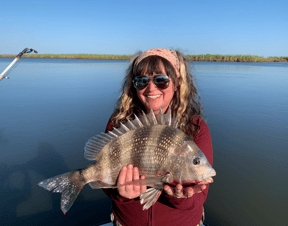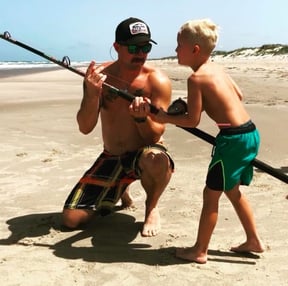Inshore, Flats Fishing in Pineland
Fly Fishing Pineland
Kayak Fishing The Flats
Inshore, Flats, Eco Tour in Nanticoke
Crabbing And Casting Adventure!
Inshore, Flats Fishing in Port Aransas
Bay Adventure- 23' Haynie
Inshore, Flats Fishing in Oakridge
Honduras Fly & Light Tackle
Inshore, Flats Fishing in Nanticoke
4-6 Hour Inshore Trip
Inshore, River, Flats in Folly Beach
3-6 Hr – Inshore Trip
Inshore, Nearshore, Flats in Chincoteague
Chincoteage Trips
Inshore, Nearshore, Flats in Venice
Tails In The Tides-Redfish & Trout
Inshore, Jetty, Flats in Port Aransas
Port Aransas Inshore Slam
We started Captain Experiences to make it easy to book fishing and hunting guides around the world. With over 2,000 Damn Good Guides, our platform makes finding and booking a trip seamless. Head here to check out our trips.
Flats Fishing: What You Need to Know
Flats are found in coastal inshore waters around the world and give anglers diverse fishing opportunities. These rich environments have shallow water which makes them sensitive to tides but can make finding fish a little bit easier. Here is everything you need to know about what flats are and how to fish them.
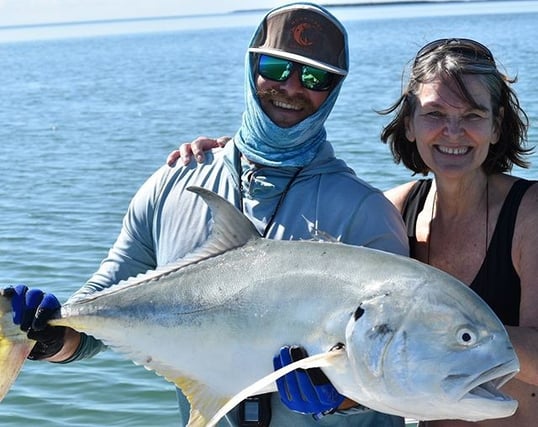
What are Flats?
Flats are areas in shallow coastal water with a flat bottom that tend to have clear water and scattered vegetation. Flats can drain entirely during low tide, leaving them exposed to the elements. The shallow water on the flats is easily heated by the sun and can’t hold as much oxygen as cooler deep water. This means the organisms that live there must be able to tolerate the extreme environment, while most of the predatory fish species only visit the flats to feed before retreating to deeper water.
The Different Types of Flats
The different variations of flats are defined by the type of bottom they have. The seabed of the flats usually consists of sand, mud, gravel, or rock bottom. The most prominent type of flats in the fishing community are sand flats, with the Florida Keys being one of the most popular places. Mudflats are abundant throughout the Gulf and are excellent fishing spots for redfish and speckled sea trout in the fall and spring.
Key Features on The Flats
The geography of each area of flats is different and constantly changing, which means the fish change with it. Even as they change, the four features that appear on all flats are vegetation, bars, channels, and shoreline.
Vegetation usually comes in the form of grass, helping to sustain many of the smaller organisms that live on the flats. Bars or “sandbars” are high spots created by deposits of sediment from wind or waves. These bars create small currents as water flows around them and are a favorite of predatory fish that ambush their prey. Channels are long cuts in the bottom of the flats creating deeper areas that allow water to move. The channels allow fish to swim freely, while also offering more cover and food resources. The shoreline is where water meets land, moving as the tides change.
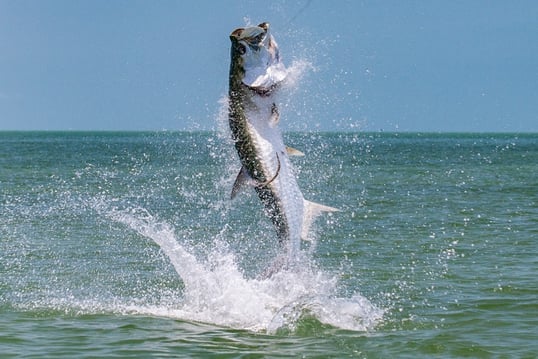
Flats Fishing
Each type of flat has a unique ecosystem that supports a variety of fish species—many of which are popular game fish. These gamefish generally do not live on the flats, but instead, come here to feed. The large fish are especially skittish and wary when hunting on the flats because they are more vulnerable in the clear, shallow water. Over time, anglers pursuing these fish have developed fishing styles that are better suited for chasing wary fish on the flats.
Wade Fishing
Wade fishing is a style of fishing where anglers stand in the water, stalk fish, and must be self-sufficient. While wading may seem like an inefficient way to hit the water, it’s a great way to target fish that you otherwise couldn’t reach. Anglers stalk through the shallow water to make targeted casts that hopefully result in a bite. Wade fishing also forces anglers to be self-sufficient and carry all the gear they need to avoid a long trip back to shore or the boat.
Poling a Skiff Through The Flats
Skiffs are long flat boats designed to float in very shallow water, allowing them to navigate in areas other boats can’t reach. The skittish nature of fish on the flats makes stealth crucial to success, which is why polling continues to be used. Poling is when a guide or angler uses a long pole to propel and steer the boat instead of the engine. This technique minimizes the noise and disturbance of the boat and allows anglers to get closer to the fish without being detected.
Flats Fishing Tackle
Flats fishing tackle varies but spinning and fly fishing gear is the most popular. The rod and reel required to catch fish on the flats will depend on the target species which range from only a few pounds for bonefish to 100 pounds for tarpon. Medium strength tackle is a good compromise for most anglers because allows anglers to catch small and large species. The most common food sources on the flats are shrimp, crabs, and baitfish, making any bait that imitates one of these worth a shot. Live bait can also be effective, but make sure to hide the hook well because flats fish like permit have exceptional eyesight.
If you’re looking to go flats fishing, you can book a trip with one of our Damn Good Guides here.
Joey Butrus
Updated on July 31, 2023

June 28, 2023

January 19, 2021
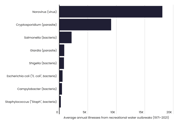
July 1, 2024

June 22, 2022
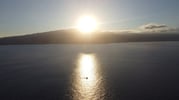
April 26, 2022
Related Articles
June 20, 2024
July 20, 2022
August 9, 2022
Featured Locations
- Fishing Charters Near Me
- Austin Fishing Guides
- Biloxi Fishing Charters
- Bradenton Fishing Charters
- Cabo San Lucas Fishing Charters
- Cancun Fishing Charters
- Cape Coral Fishing Charters
- Charleston Fishing Charters
- Clearwater Fishing Charters
- Corpus Christi Fishing Charters
- Crystal River Fishing Charters
- Dauphin Island Fishing Charters
- Daytona Beach Fishing Charters
- Destin Fishing Charters
- Fort Lauderdale Fishing Charters
- Fort Myers Fishing Charters
- Fort Walton Beach Fishing Charters
- Galveston Fishing Charters
- Gulf Shores Fishing Charters
- Hatteras Fishing Charters
- Hilton Head Fishing Charters
- Islamorada Fishing Charters
- Jacksonville Fishing Charters
- Jupiter Fishing Charters
- Key Largo Fishing Charters
- Key West Fishing Charters
- Kona Fishing Charters
- Lakeside Marblehead Fishing Charters
- Marathon Fishing Charters
- Marco Island Fishing Charters
- Miami Fishing Charters
- Montauk Fishing Charters
- Morehead City Fishing Charters
- Naples Fishing Charters
- New Orleans Fishing Charters
- New Smyrna Beach Fishing Charters
- Ocean City Fishing Charters
- Orange Beach Fishing Charters
- Panama City Beach Fishing Charters
- Pensacola Fishing Charters
- Pompano Beach Fishing Charters
- Port Aransas Fishing Charters
- Port Orange Fishing Charters
- Rockport Fishing Charters
- San Diego Fishing Charters
- San Juan Fishing Charters
- Sarasota Fishing Charters
- South Padre Island Fishing Charters
- St. Augustine Fishing Charters
- St. Petersburg Fishing Charters
- Tampa Fishing Charters
- Tarpon Springs Fishing Charters
- Venice Fishing Charters
- Virginia Beach Fishing Charters
- West Palm Beach Fishing Charters
- Wilmington Fishing Charters
- Wrightsville Beach Fishing Charters


